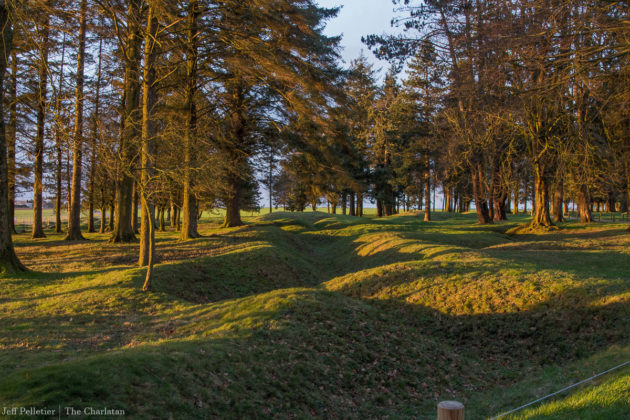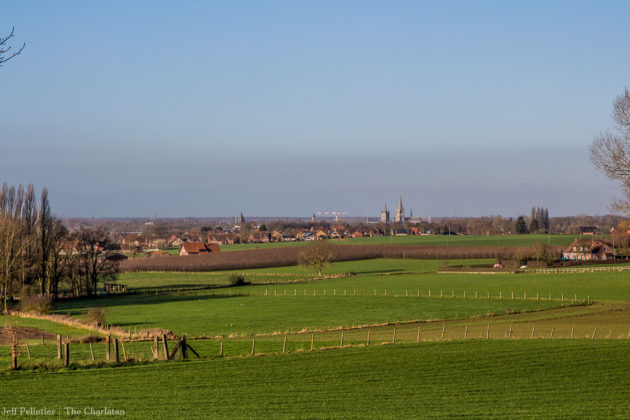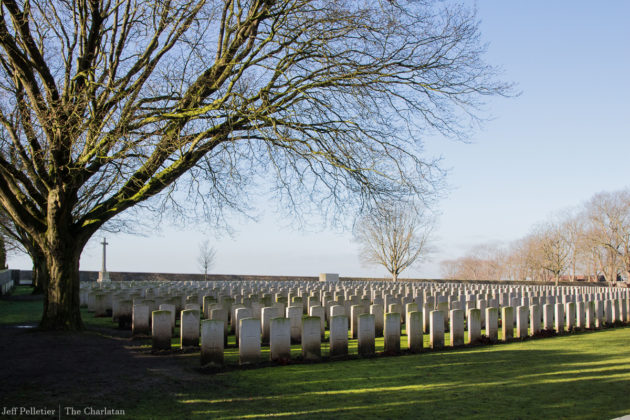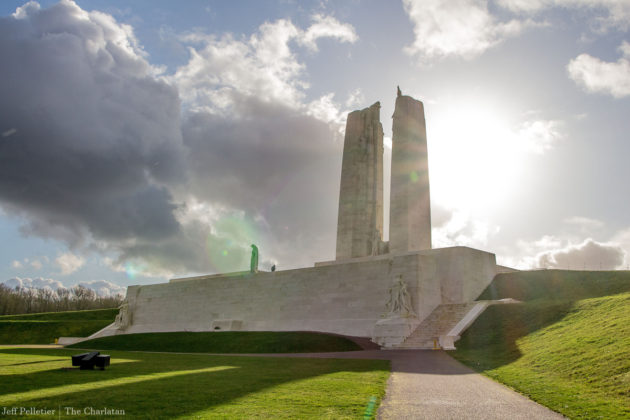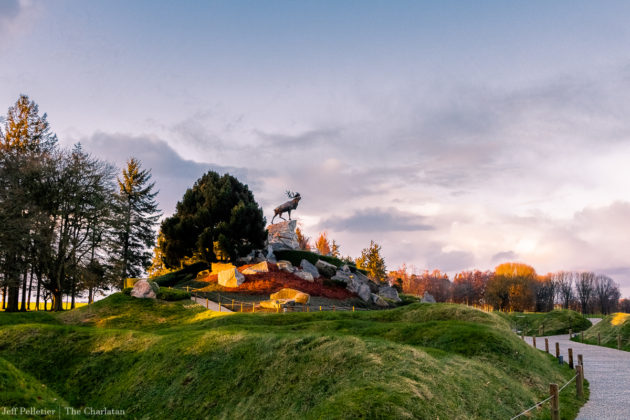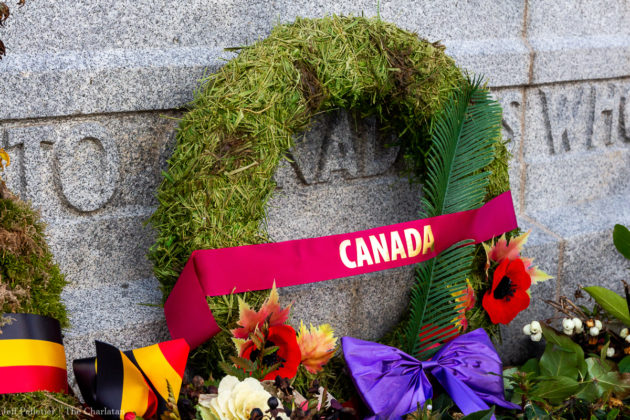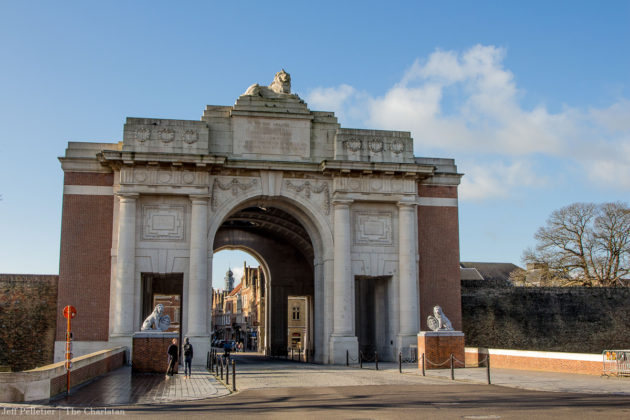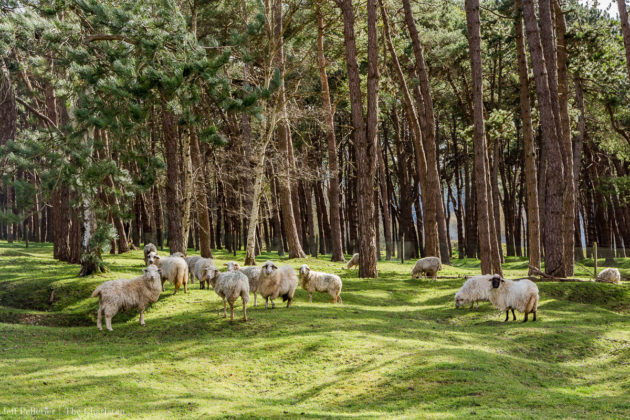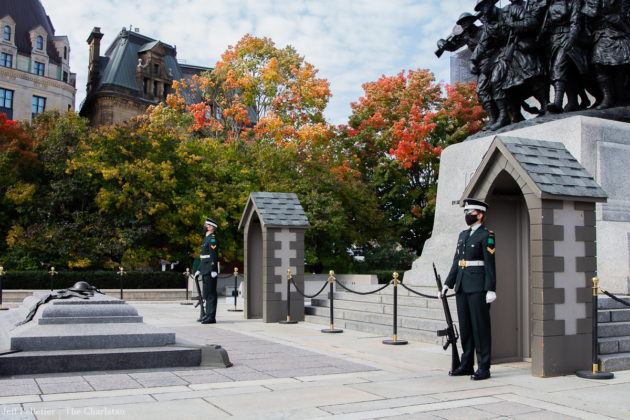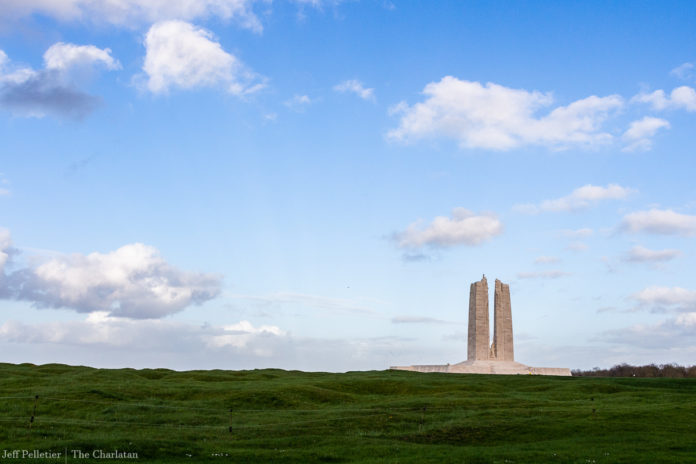
Pte. Ernest Merle Pringle was 20 years old when he made the biggest decision of his life. His country had been dug into an artrisional war for two years, so in 1916, he decided to enlist with the 42nd Battalion of the Canadian Expeditionary Force.
That same year, Pte. Pringle shipped overseas and joined the Canadian Corps in Europe. He never came home. He was killed by German shellfire on April 21, 1917. Pte. Pringle was one of over 61,000 Canadians who gave the ultimate sacrifice in the First World War, but he’s the one I think about almost every day. Ernest Merle Pringle is my great-great-uncle, his picture hangs on my apartment wall.
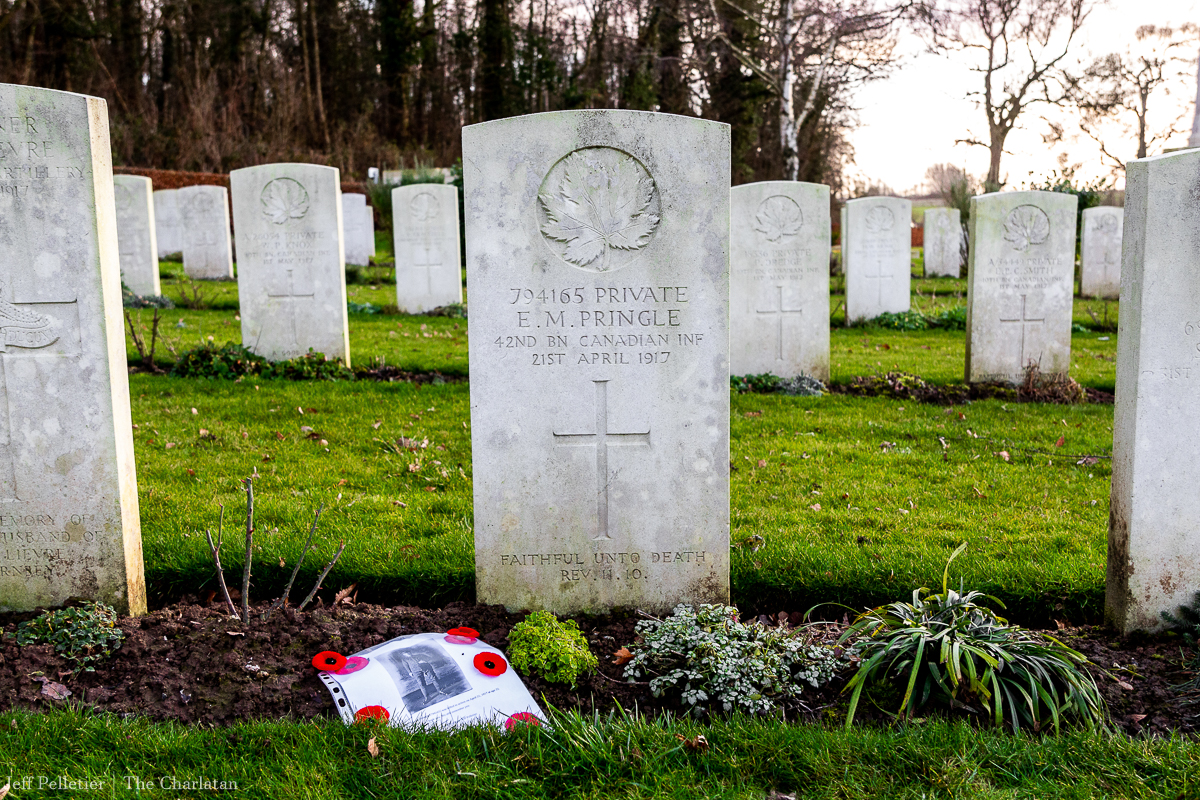
This January, I travelled to France to work on the old Western Front of the First World War. While I was there, I got to walk in the footsteps of my great grandfathers’ generation. I learned a lot along the way, visiting the memorial sites and old battlefields, where so many Canadians fought for a better world.
The First and Second World Wars did not impact Canada the way they did Europe. While Canada provided an incredible human sacrifice, our physical landscapes were not shaped by the wars. The communities in France and Belgium along the Western Front have been altered by the wars in many ways.
Along the country roads, there are hundreds of cemeteries, which serve as the final resting place for thousands of war dead. There’s a story behind every tombstone. Everyone who is buried at one of the Commonwealth War Graves Commission (CWGC) had a family and a reason for fighting, and sacrificed everything for their countries.
My uncle Ernest is one of 1,728 Commonwealth soldiers buried at the Ecoivres Military Cemetery in France. On his grave, you can read his name, his battalion, the date he died and the words “faithful unto death.” Most graves on the Western Front don’t have a name. Over 28,000 Canadians who died in war are buried in graves that read, “A soldier of the Great War: a Canadian regiment” and “known unto God.”
The soldiers who died without a known grave are honoured on the many cenotaphs and monuments scattered around the old front. One of the most important monuments is the Canadian National Vimy Memorial at Vimy Ridge. Built on the grounds of Canada’s most famous battle of the war, the monument towers over the Douai Plain and serves as a permanent symbol of Canadian and French unity and cooperation. The monument also displays the names of 11,285 Canadians who died without a known grave in France, both the names of soldiers buried in unknown graves and soldiers who went missing, never to be found. Vimy is one of eight Canadian memorials in France and Belgium.
The Beaumont-Hamel Newfoundland Memorial serves as a special memorial to all of the Newfoundlanders who died in the war. Newfoundland was not a Canadian province until 1949, so the Royal Newfoundland Regiment fought with the British Expeditionary Force. On July 1, 1916, the Royal Newfoundland Regiment was all but wiped out at the Battle of the Somme. Below the bronze caribou, which points in the direction of the Newfoundlanders’ advance, you’ll find the names of 820 Newfoundlanders who died in the First World War with no known grave. Beaumont-Hamel is one of five memorials dedicated to the Royal Newfoundland Regiment.
At Vimy Ridge and Beaumont-Hamel, visitors can observe the remnants of the old front line trenches and no man’s land. When the war ended, many local farmers ploughed over the old trenches and reclaimed their field. But at these two memorial sites, you can see what’s left of the battlefields, where many young Canadians and Newfoundlanders lived and died. It’s strange to imagine that a century ago, that ground was a warzone. Today, it’s surrounded by grass, trees and sheep from nearby farms.
The Canadian sacrifice is visible in the areas around Ypres, Belgium, where thousands of Canadians died throughout the war. Several streets have the name “Canadalaan” (“Canada Avenue” in Dutch), and 6,983 Canadians have their names on the Menin Gate Memorial, which serves as a central place of remembrance for all Commonwealth nations. It was in Ypres where Canadian Lt.-Col. John McCrae penned a poem of remembrance for a friend who had just been killed. McCrae did not survive the war, but his poem, “In Flanders Fields,” did. He is buried in the coastal town of Wimereux, France.
Canadian landscapes were not greatly impacted by the First and Second World War, but thousands of Canadian families were. Many Canadians have friends and family who did not survive the war and were buried in Flanders Fields.
Remembrance is important for us as a Canadian society. We learn about it in school, we go to Remembrance Day ceremonies in our communities, and we wear poppies at the start of every November. But the wars have a new meaning to you when you walk in the footsteps of those before us.
I’ve gone through a lot of emotions walking through the old battlefield. I’m sad for the thousands of people who lost their lives. I am proud of how my country rose up and created a pathway to victory on the Western Front. But most important of all, I am thankful for the sacrifices my great-great-uncle and his comrades made. Canada and the world as a whole are better places than they were in the early half of the 20th century. We owe it to the generations of the First and Second World War to always remember their sacrifices.

Feature Image by: Jeff Pelletier


